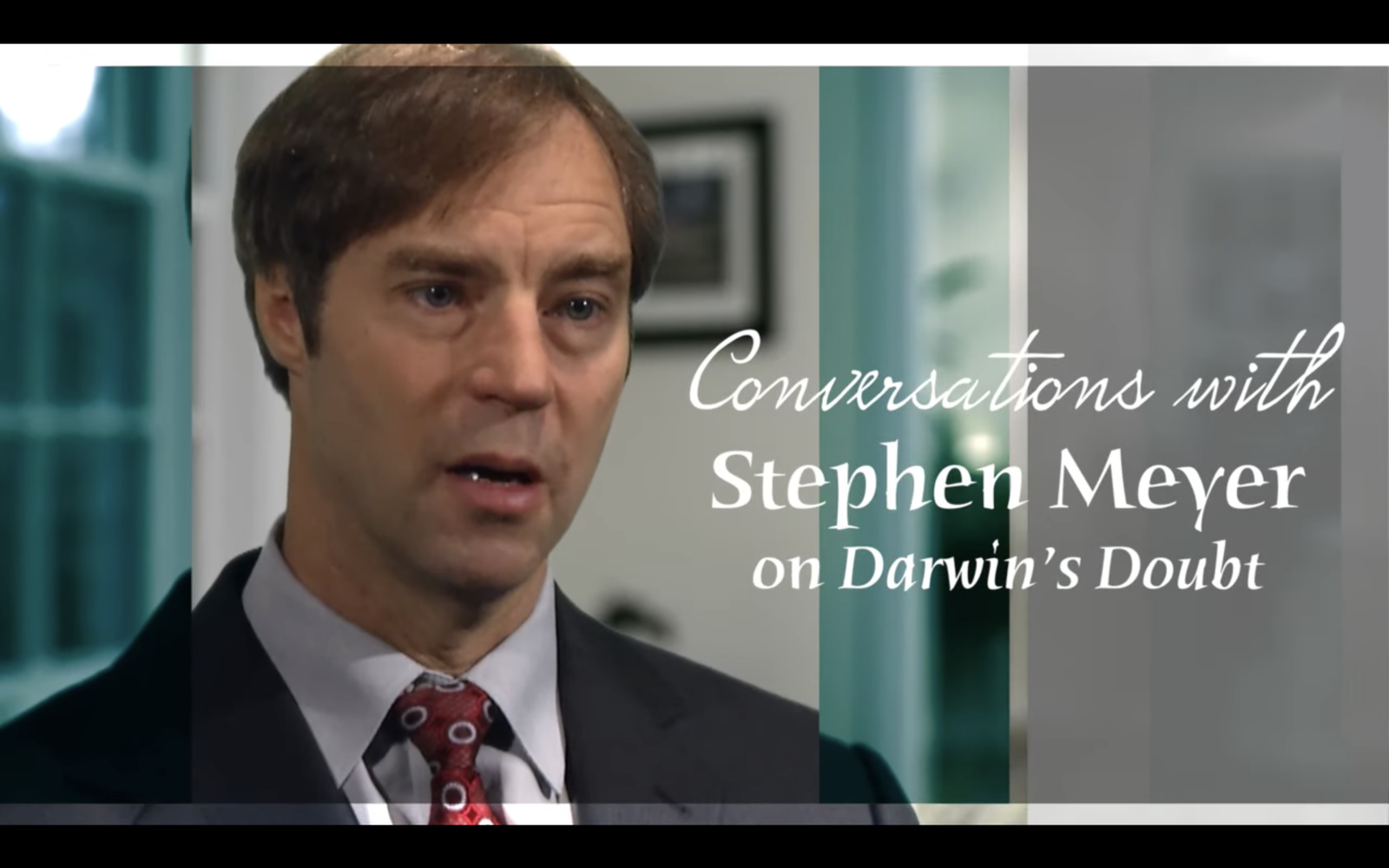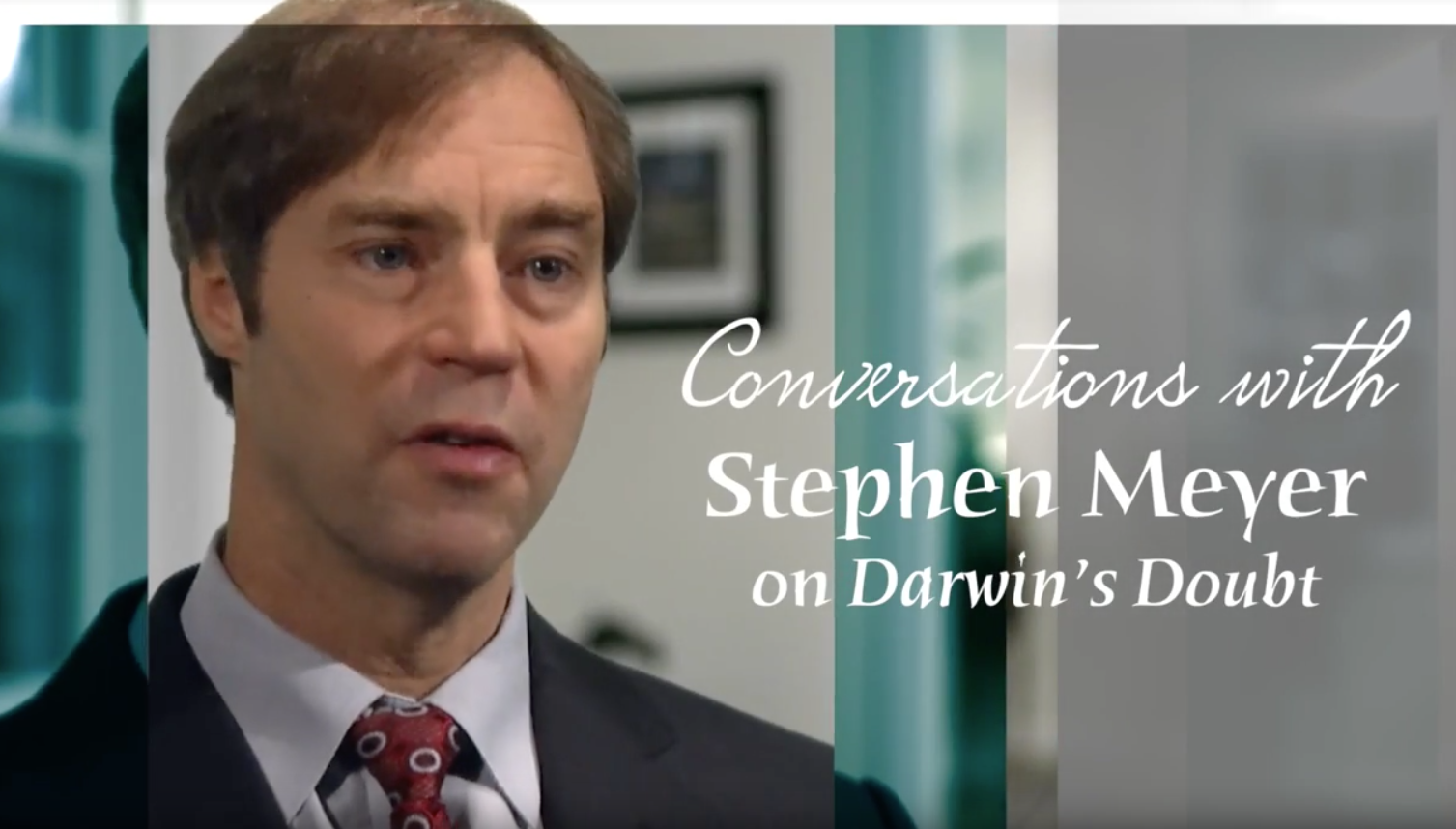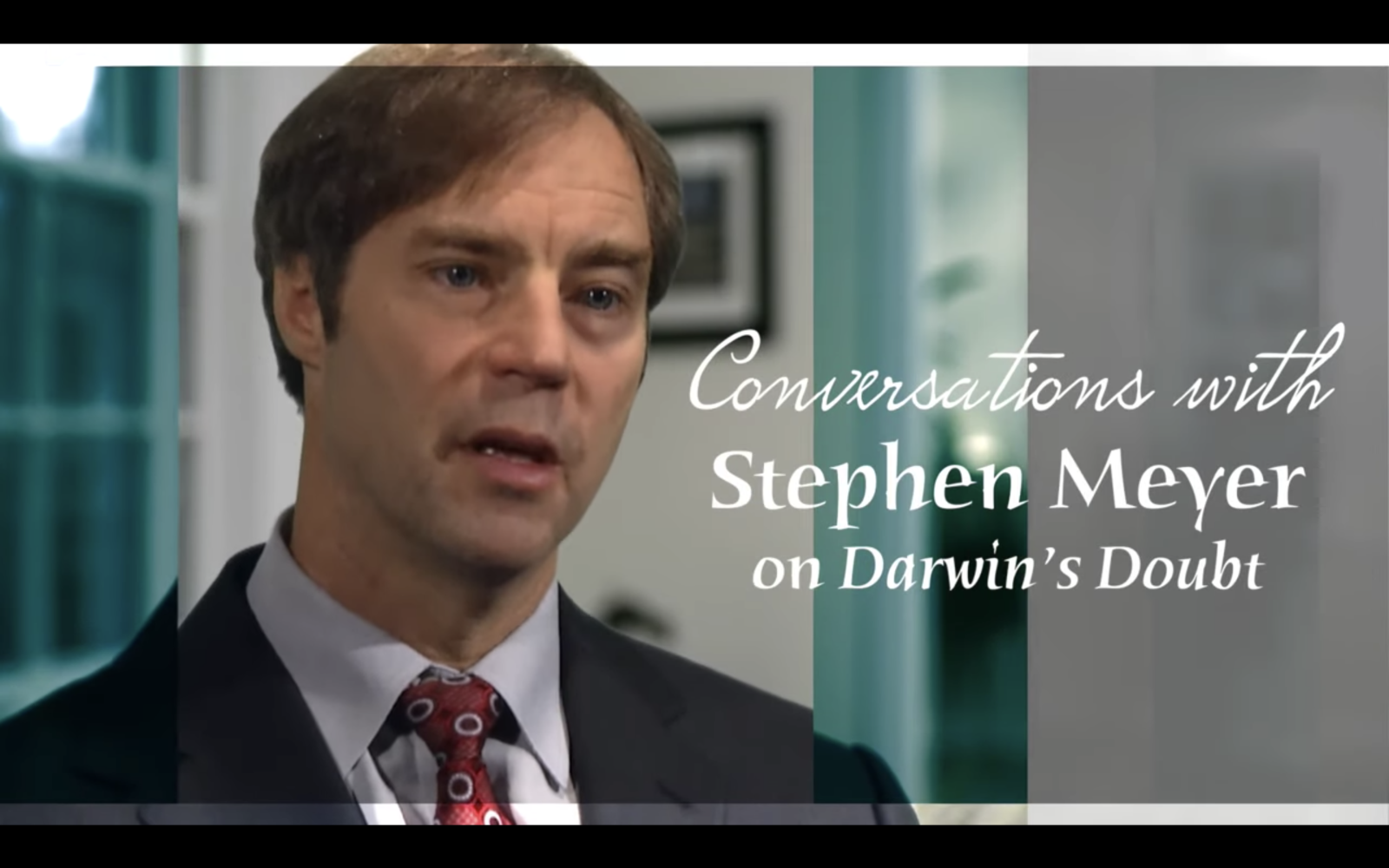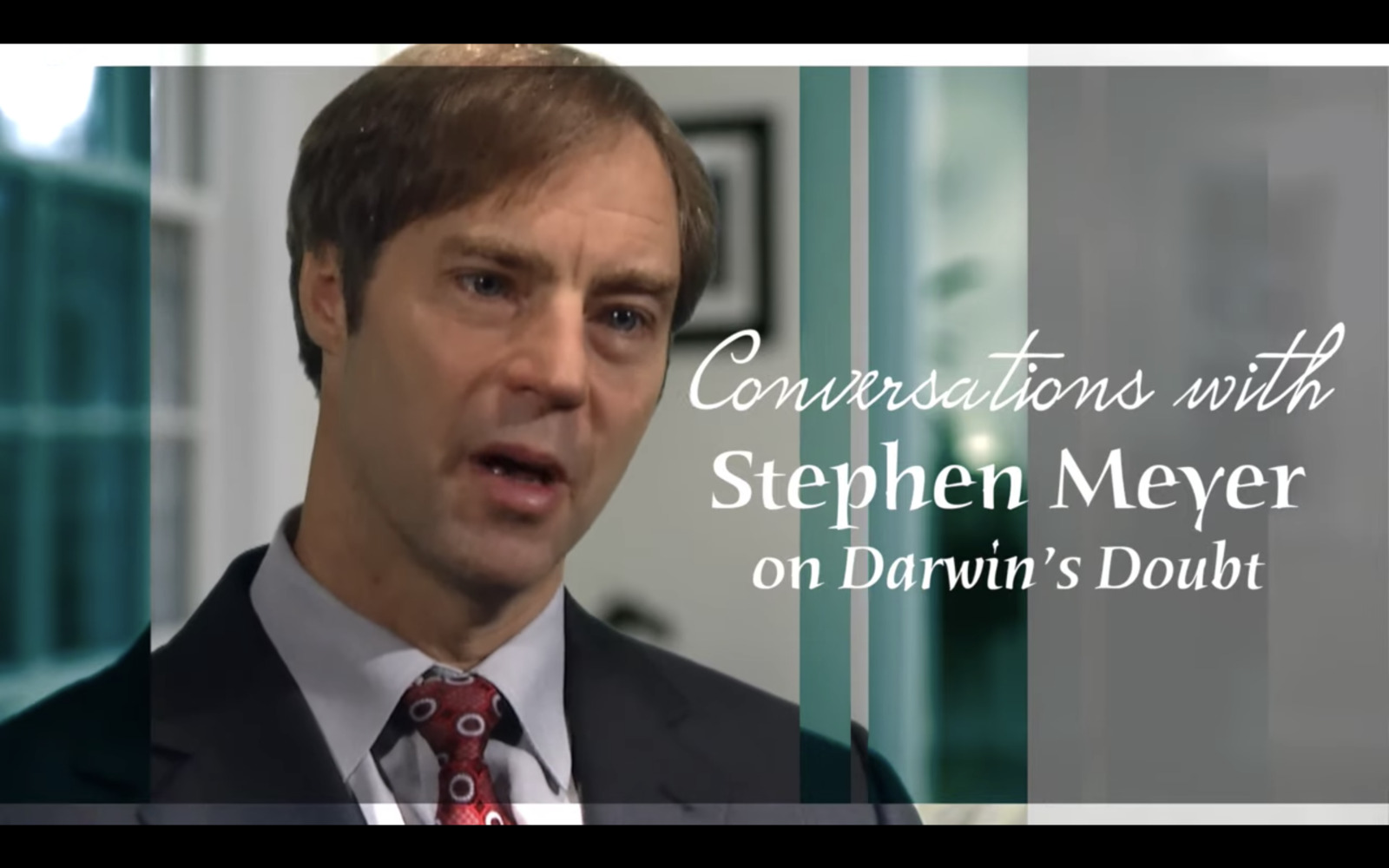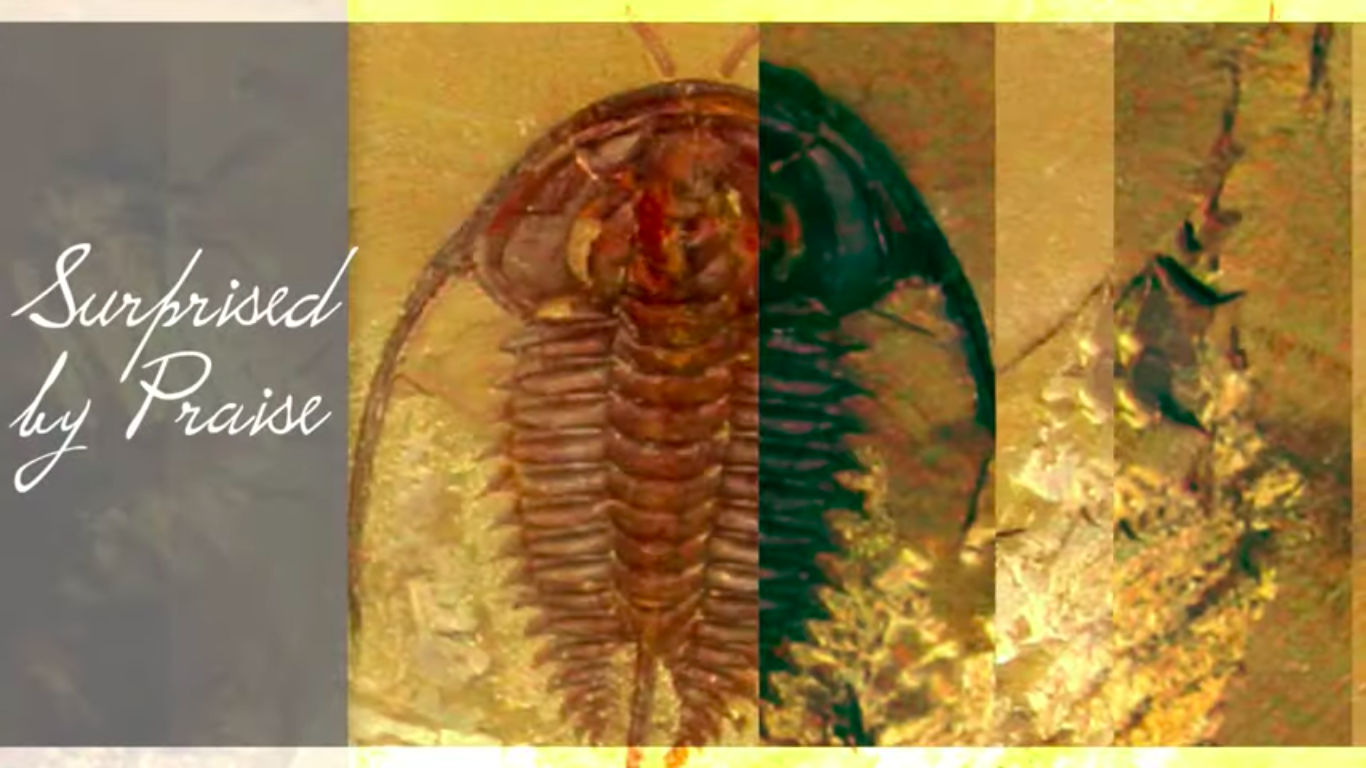
The Information Enigma
Information drives the development of life. But what is the source of that information? Could it have been produced by an unguided Darwinian process? Or did it require intelligent design? The Information Enigma is a fascinating 21-minute documentary that probes the mystery of biological information, the challenge it poses to orthodox Darwinian theory, and the reason it points to intelligent Read More ›
